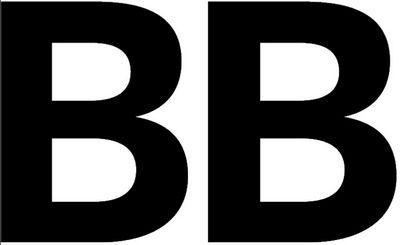Within corporate hierarchies, and generally most situations in which work is being conducted, virtually anyone has the power to stop progress.
Sometimes it comes via a raised hand and associated questioning, sometimes throughout deliberate intentions to derail a project, and sometimes simply by failing to carry through on assignments.
Starting, on the other hand, can be very challenging.
Ask anyone to quickly get funding approved for a new project in a large organization, and they’ll probably laugh in your face. Layers upon layers of bureaucracy make it impossible to move quickly. Action requires cross-functional approvals and buy-in from different layers of leadership.
But, again, stopping this process doesn’t require any special responsibility. And it’s not just funding approval that is treated like this. It’s the same thing for any product or service that requires quality buy-off, reports, messages to customers, press releases, etc.The way we handle stopping and starting is night and day – easy to stop, very difficult to start.
The interesting thing is that the relative impact of these (in)actions isn’t reflective of the way we treat them.
It’s easy to watch $20 of “unnecessary” spending go out the door and think about how much we can save by putting a process in place to prevent this activity.
It’s much harder to see the opportunity cost of inaction.
Just speaking from personal experience, there have been plenty of times in which I have made purchase decisions based on the responsiveness of the person I’m interacting with. On more than one occasion, I’ve taken my business elsewhere simply because of a sales rep’s inability to provide feedback in a timely manner.
Maybe that’s on the sales rep, or maybe they couldn’t respond because they were waiting on the proper in-house approvals. Either way, the inaction in each situation cost much more than $20.
But in most businesses, that type of impact will never be exposed. They’ll see it as a missed opportunity (if they track it at all) and turn back to cost-cutting to improve the bottom line.
I don’t mean to underestimate the impact of cost-cutting. A dollar saved theoretically goes directly into profits.
But a similar level of attention should also be paid to the hidden costs of process waste and inefficiencies. It may take a bit more work to understand, but the impact can be substantial.
-Brandon
